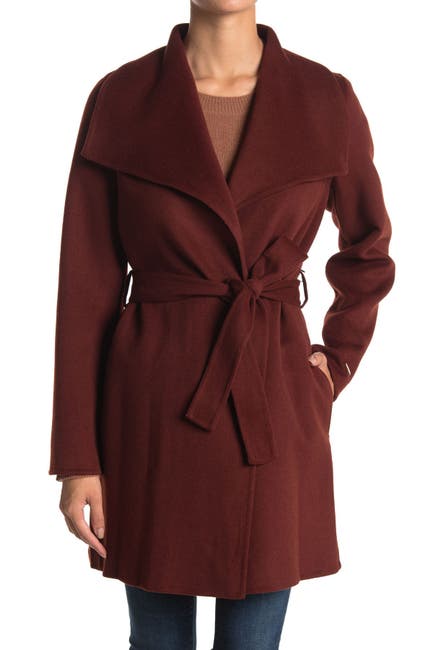KUT From the Kloth Diana Cord Skinny Jeans (Plus Size)
Season-ready cords are designed with a flattering high waist and slimming straight legs.
Los Angeles-based KUT from the Kloth is a women’s denim and contemporary fashion brand known for delivering flattering yet comfortable fits, quality craftsmanship and on-trend designs. The brand is sought for its attention to fabrics, finishes and details. KUT from the Kloth describes its denim in the same terms as its core customer: “unique with its own character, personality and style.”
Season-ready cords are designed with a flattering high waist and slimming straight legs.
- 30″ inseam; 11 1/2″ leg opening; 13″ front rise; 20 1/2″ back rise (size 18W)
- Zip fly with button closure
- Five-pocket style
- 98% cotton, 2% spandex
- Machine wash, tumble dry
- Imported
- Encore
- Item #5881999_3
Additional information
| SIZE INFO | True to size. |
|---|






by Amanda
I love these pants. Comfortable, a bit of stretch, and a little step up from jeans. Goes with just about anything.
by Lisa
I sized up based on other reviews. I wish I didn’t. They’re a little loose in the waist. I love the rich black color so I’m keeping them.